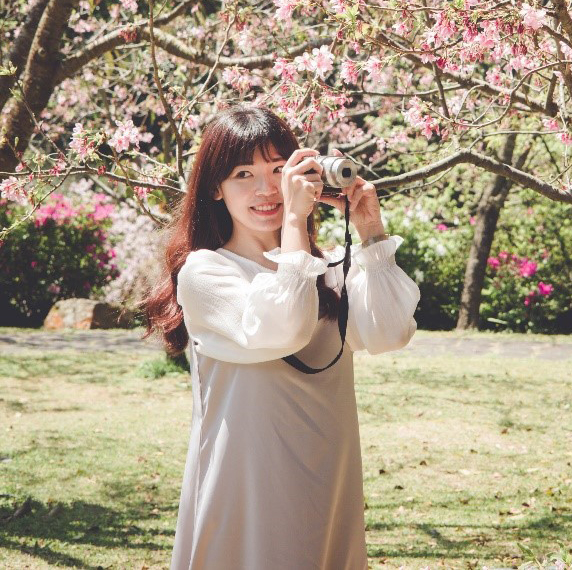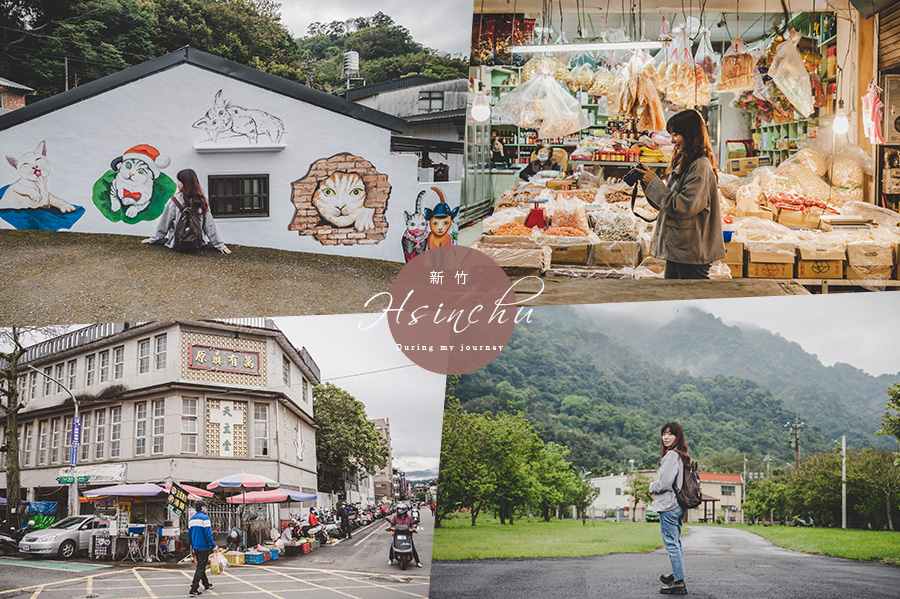
I remember when I was young, I used to accompany my mother to the vegetable market and how the air there was filled with the smell of fruit and vegetables, fresh fish and piping hot delicacies, reflecting both the daily life of local people and the taste of the food. Everything about food is related to water which connects to the image of rural scenery irrigated by abundant water sources, where the farmland other than farming is also an unbelievable venue for Agro-Photovoltaics in Taiwan.
During our visit to Zhudong, Hsinchu, we visited the largest Hakka market in Taiwan, which is more than 160 years old. We looked for the typical Zhudong dining tables and also came to places where scenes from the famous dramas "A Touch of Green" and "Autumn's Concerto" were shot, taking nostalgic shots of photos from the 1950s. Finally, we traced the origin point of Zhudong, strolled along the rural canal paths, saw the pastoral scenery of crop fields and photovoltaic farming, and encountered the hidden Rainbow Village. Seeing the spirit of colorful Hakka farms from the colorful painted walls is a retro journey back to the 1950s and 1960s.
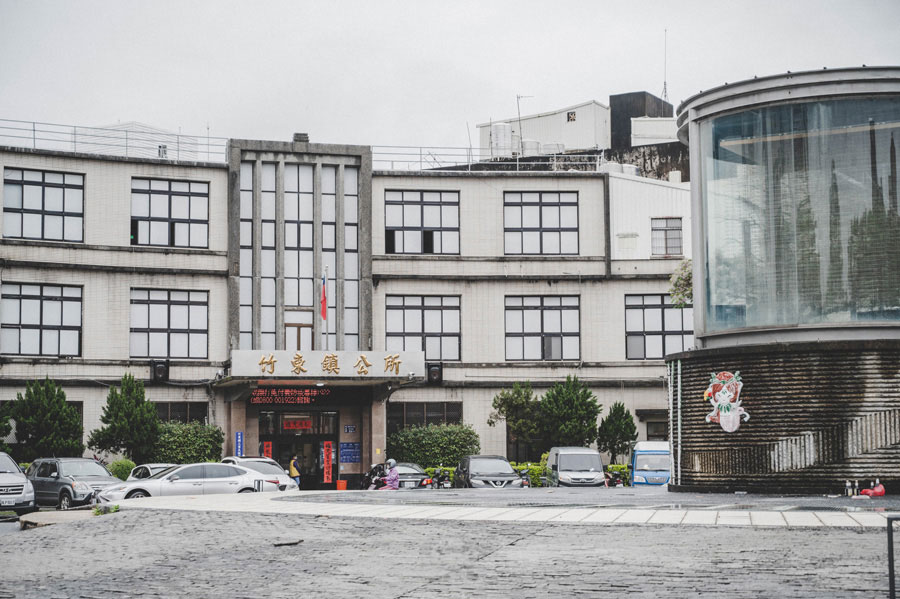
Zhudong in Hsinchu, formerly known as "Shuqilin," is one of the three largest townships in Taiwan. The residents are mainly Hakka and the town is full of Hakka culture. In the past, oil, coal, wood, cement, glass industries were quite developed, making it a prosperous industrial and commercial town, which in recent years has evolved into a high-tech R&D center.
Some people say that "the best way to understand a city is the vegetable market." Today we set off from Zhudong Township Office and looked for traditional Hakka dining tables at the largest Hakka market in Taiwan. In the ordinary-looking vegetable market, there were many cheap snacks with large portions, and we also learned about their daily life in the market from the conversations between vendors. Everything was filled with human touch and warmth.
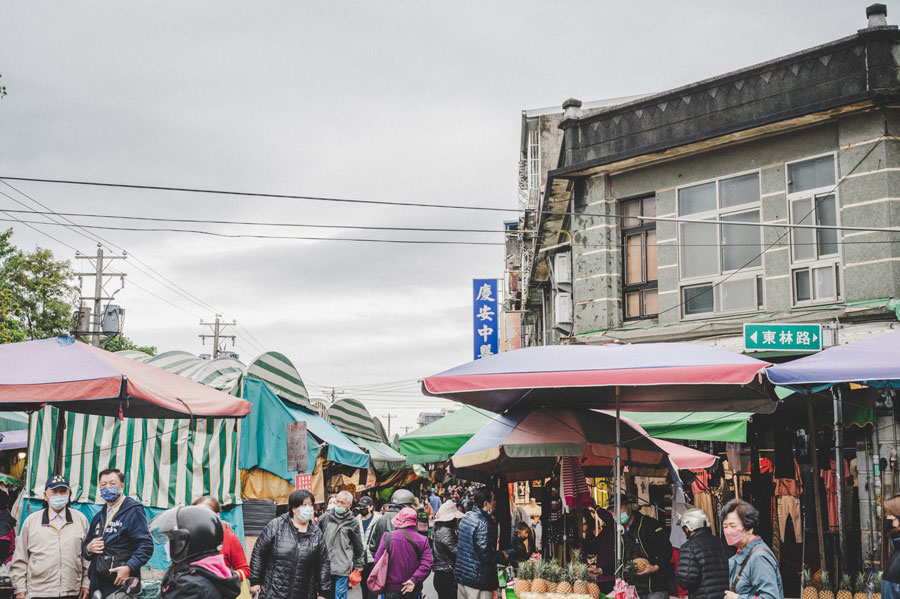
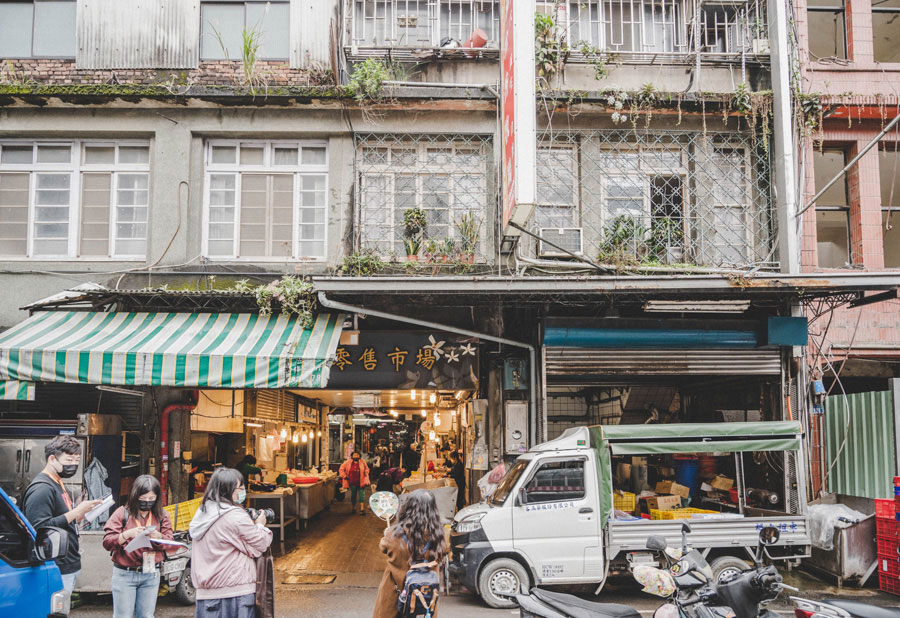
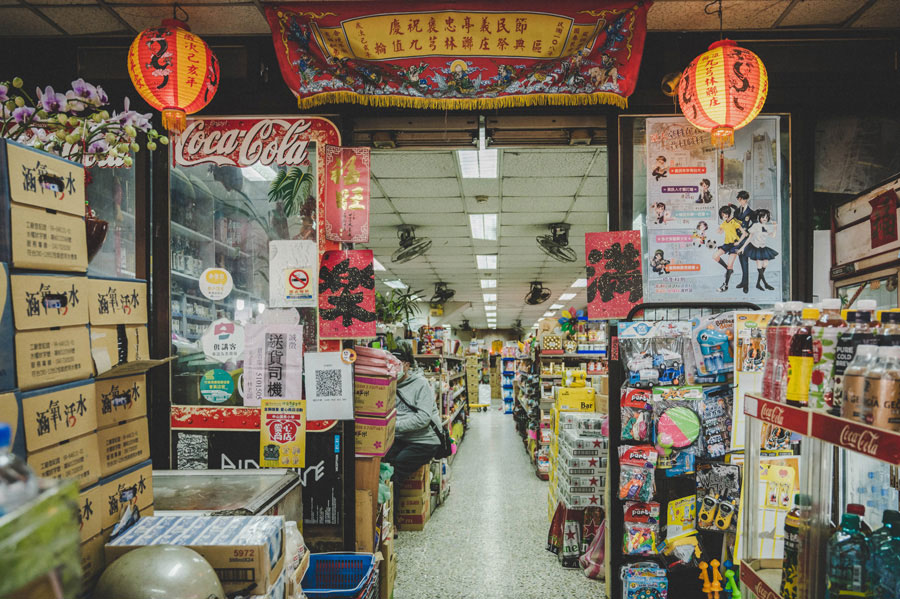

In the morning, Hsinchu’s Central Market is crowded with people shopping for a variety of fresh food, a lively scene that seems not to be affected by the weather. In addition to basic elements: firewood, rice, oil, salt, sauces, vinegar and tea, the necessities of daily life are sold at the market. They can also be found together, so the Central Market is also sometimes called the "Central Department Store." A scene from the South Korean movie "The Spy Gone North" was shot here.
Starting from Zhudong Catholic Church, we ventured into the Central Market of and explored the traditional Hakka market from a different perspective.
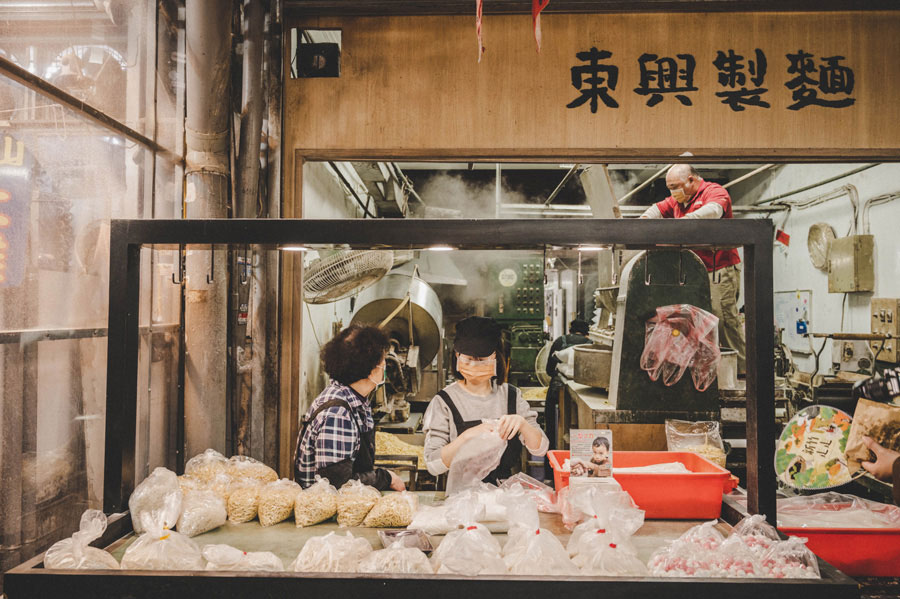

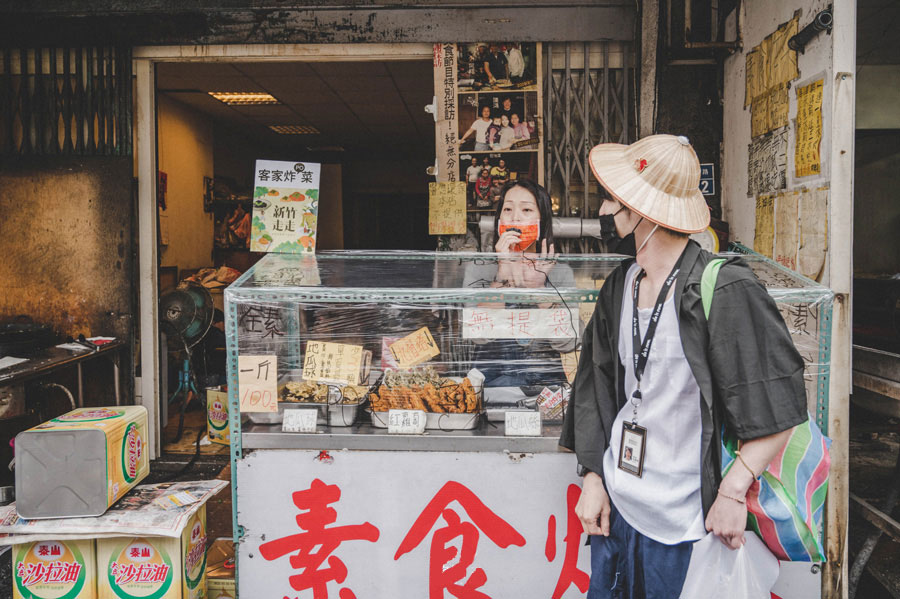


The Central Market sells chicken with red glutinous rice wine chicken, Hakka flat rice noodles, fried vegetables, rice cakes etc, each one an exploration of the many flavors of Hakka food culture. Among them, the fried vegetables reminded me of my childhood. I recall that as my family was vegetarian, whenever I went to my grandma’s house during the New Year holidays, she would cook all kinds of crispy vegetables balls. Later I learned the dish was called "fried vegetables." When things get too advanced and you can no longer cook yourself, fried vegetables are an unforgettable taste you never forget.
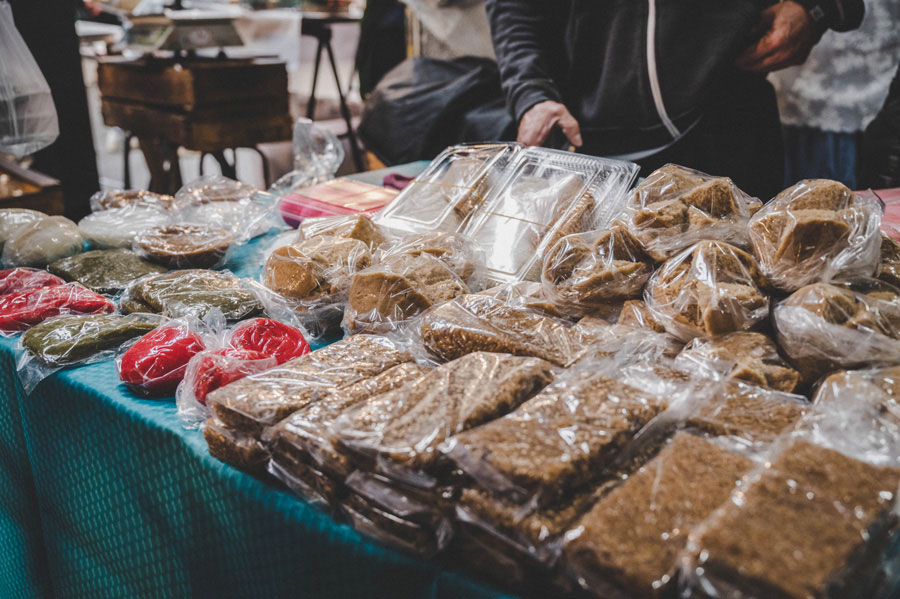
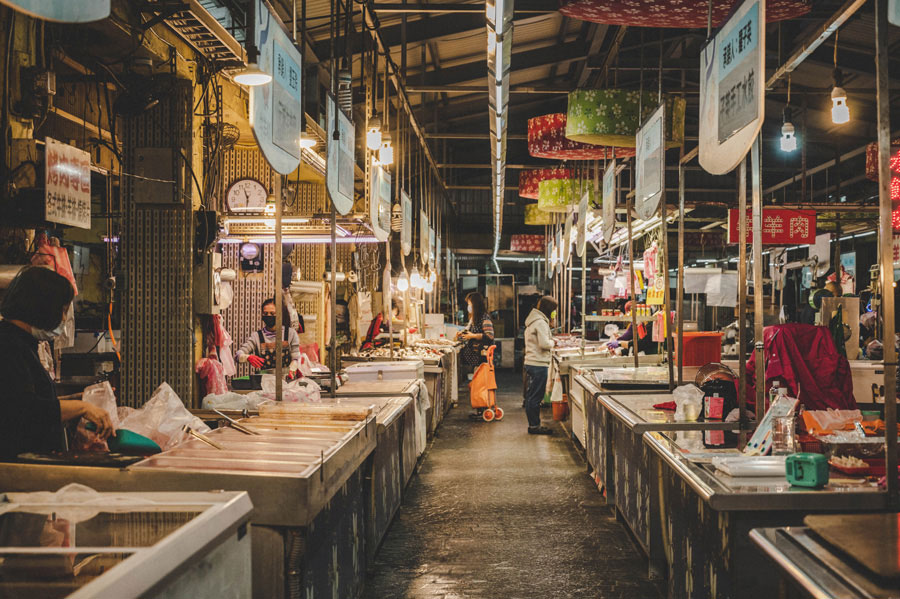
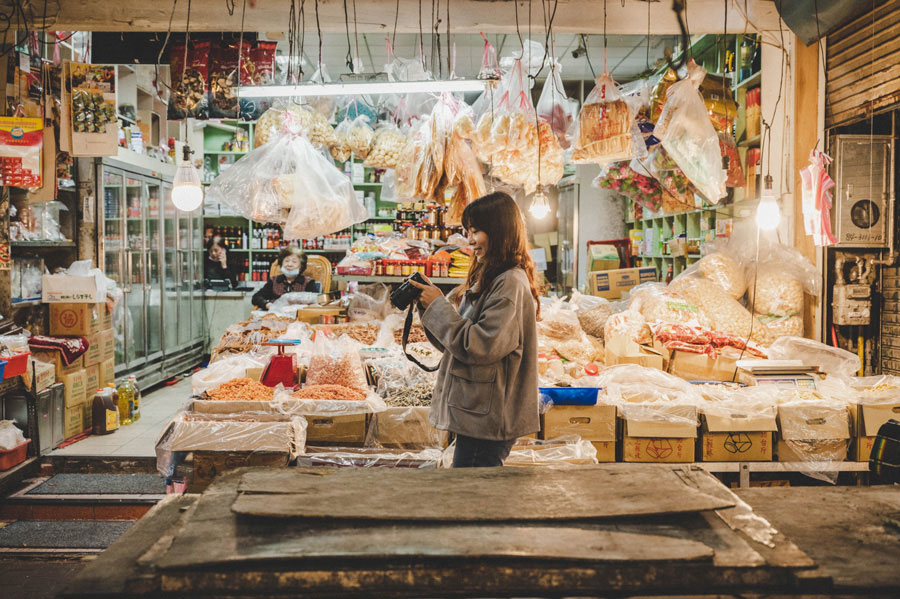
The Central Market is also the filming location for the music video "Hakka Grandma" by the DaBangNi band. This seemingly ordinary traditional market creates a different kind of beauty.
- Address: No. 88, Donglin Road, Zhudong Township, Hsinchu County
- Business hours: Monday to Sunday 6:00 – 12:00
- Tel:(03)596-6177
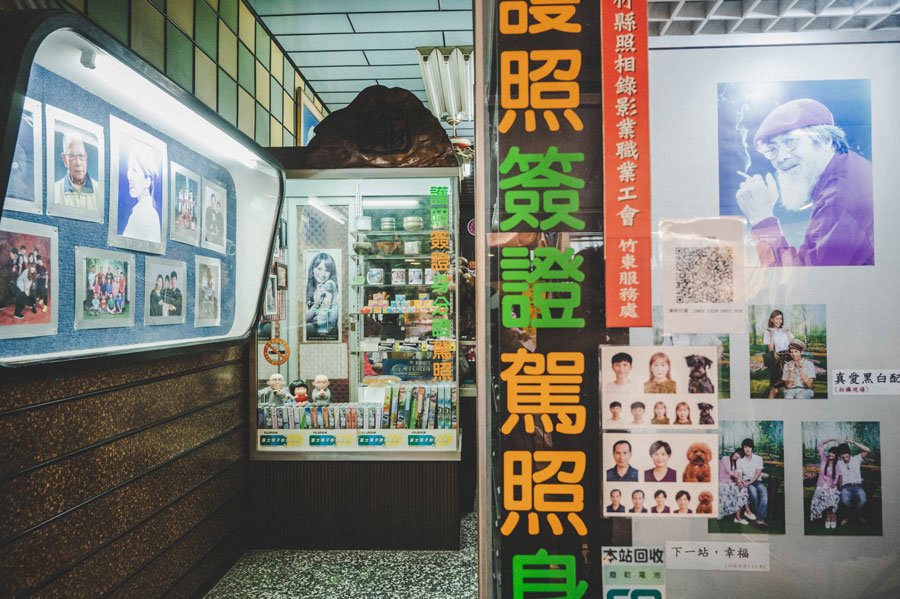
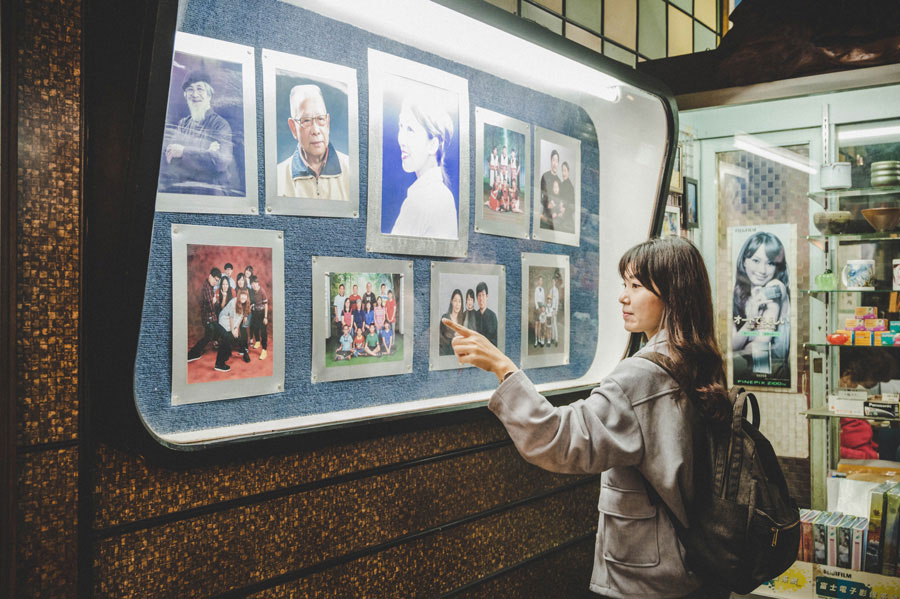

Huaguang Photo Studio has operated for a century and retains its traditional and simple appearance. It is filled with images of the past and even the wedding photos of the tour guide’s parents. With the precious memories of Zhudong people since childhood, and a plethora of nostalgic and retro scenes, many film crews have shot scenes at Huaguang Photo Studio, including for "A Touch of Green," "Autumn's Concerto" and "Love Around."
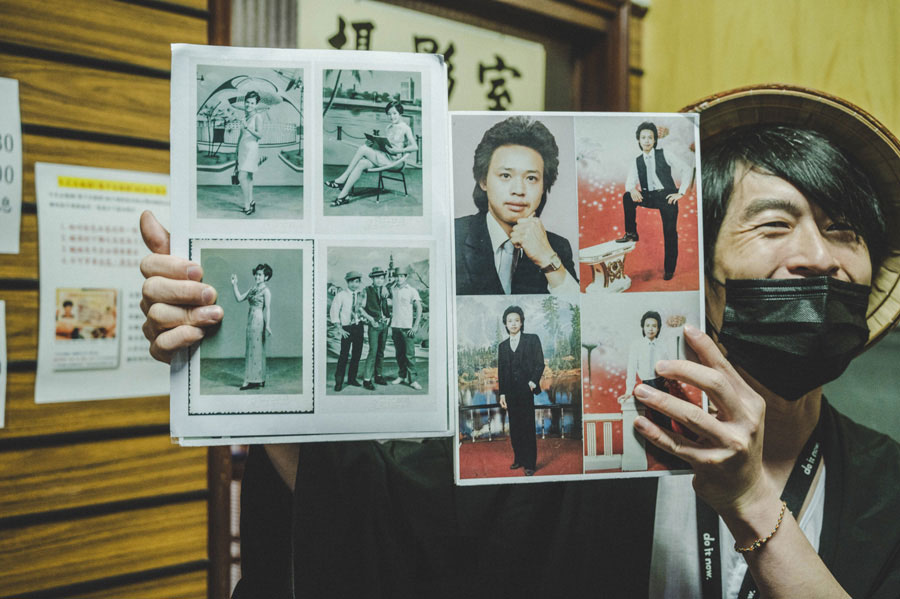

Looking at old photos from the 1950s and 1960s, I can only imagine what it was like living in what looks like such a strange and distant era. When I visited Huazhong Photo Studio, I couldn’t help but take a picture of an old photo replete with a sense of the past and feel the elegance of those years. The studio set is very old and has a sense of familiarity that I saw as a child. I was looking forward to the finished product when I took the photo and to my surprise, the result was even more beautiful than imagined. I want to frame it when I get home.
- Address: No. 312, Renai Road, Zhudong Township, Hsinchu County
- Tel: (03) 596 – 3312
- Monday to Saturday 8:00 – 12:00 / 14:30 – 20:00 (closed on Sundays) (Thursday 8:00-12:30)
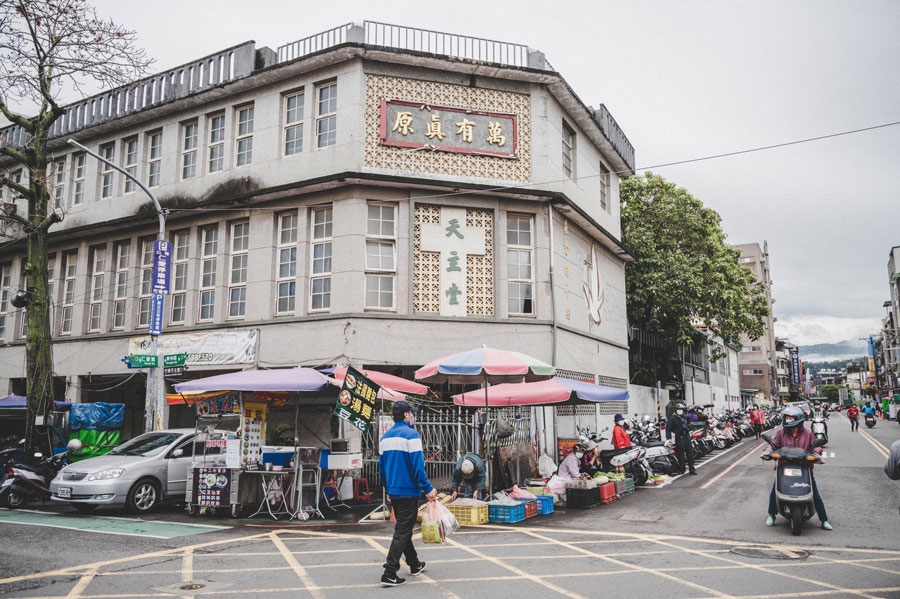
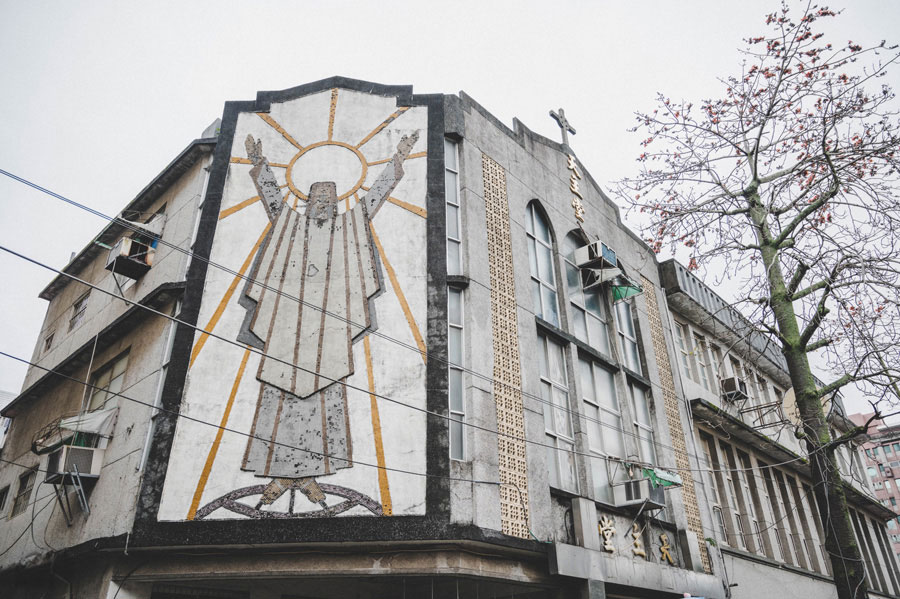


The full name of Zhudong Catholic Church is "Church of the Immaculate Conception." It was built in 1954 by Spanish priest Germán Alonso using funds raised overseas. It is more than 70 years old and was the first church built after the Retrocession of Taiwan. The church, is in the Gothic style and its gray washed stone walls are engraved with images of Jesus, with round rose windows and a bell tower, which is of unique historical significance.
- Address: No. 72, Donglin Road, Zhudong Township, Hsinchu County
- Tel: (03) 596 – 2341
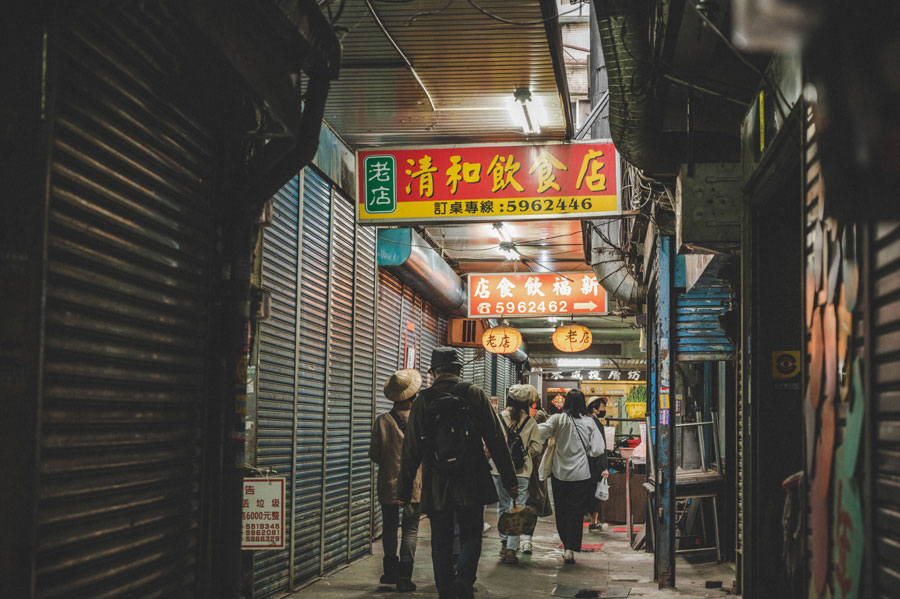
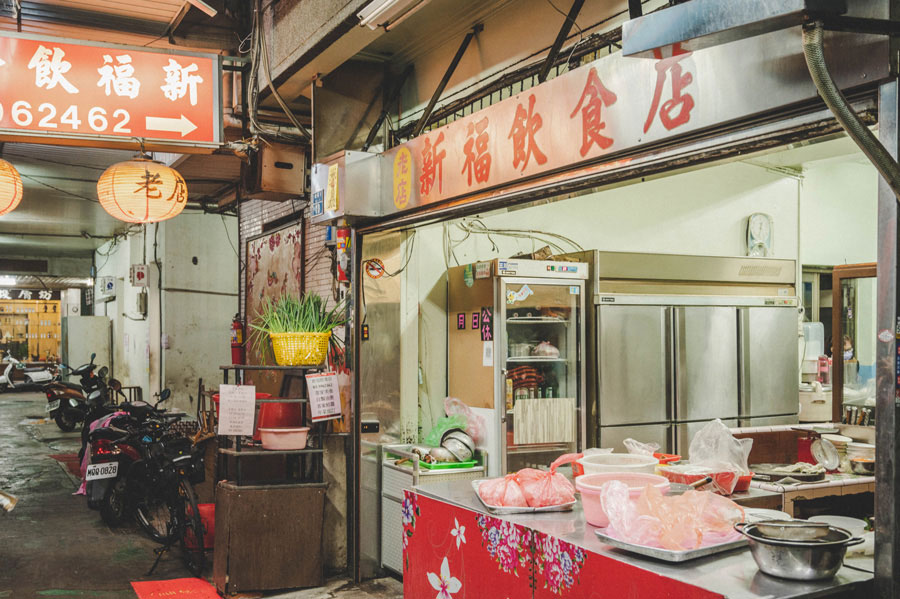
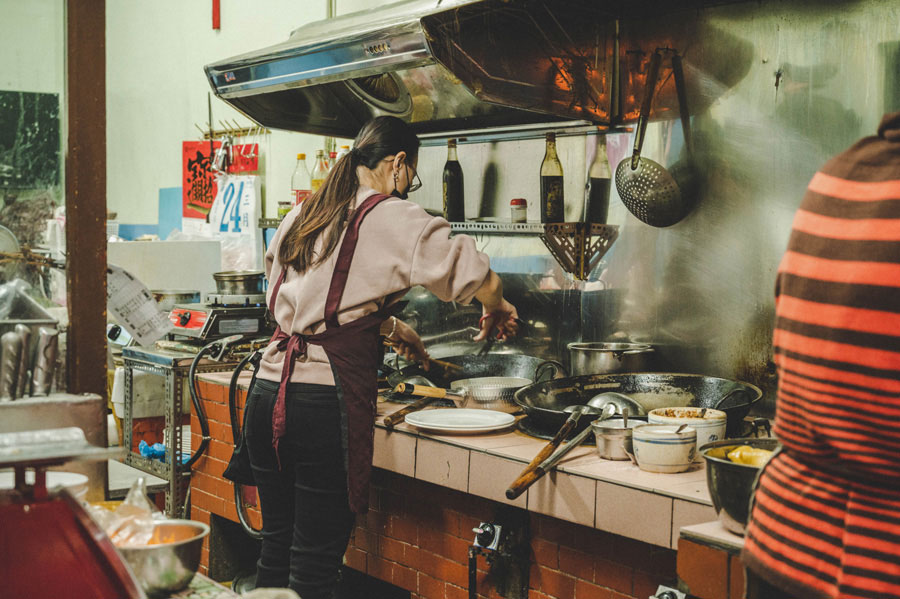
Walking into the poorly lit old "Shanghua Market" in Zhudong Xinfu Restaurant is hidden in a narrow market alley offering a little known version of Hakka cuisine. The predecessor of Xinfu Restaurant was "Zuiyuelou" restaurant, but was transformed due to the gradual decline of large restaurants after the end of World War II. It has been handed down from generation to generation for 60 years and is now run by the third generation of the same family, inheriting not only traditional Hakka cuisine but also traditional Hakka spirit.
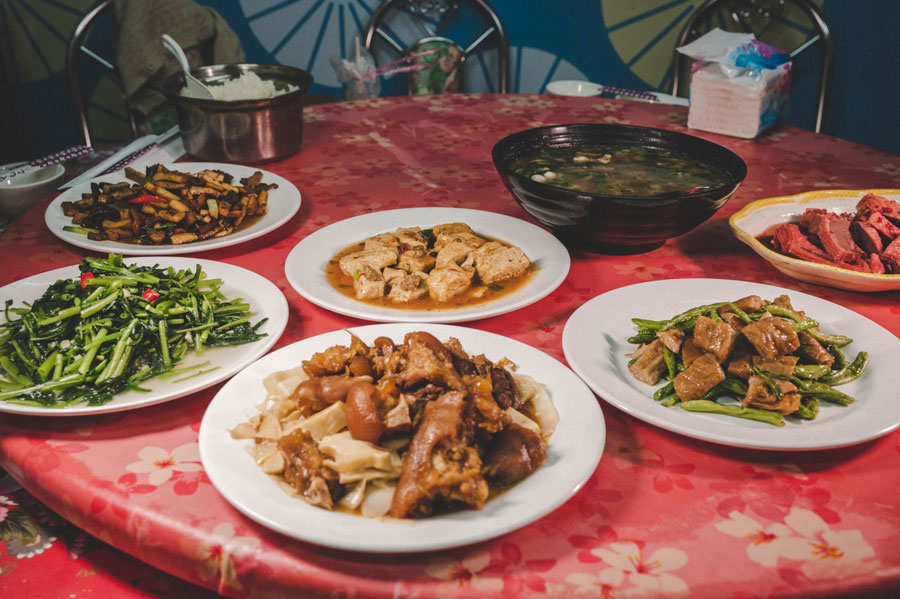

Hakka stir-fried, glutinous rice balls, chicken soup with pickled turnip, and lion head meat balls with dried plums, each dish is traditional Hakka cuisine. As I grew up in Taipei, many of these are dishes I don’t often eat and I’ve never liked salty glutinous rice balls, but the ones at Xinfu Restaurant are soft and delicate, and the soup is strong enough to bring out the smooth texture of the rice balls. The pickled mustard-greens with pork tripe soup is made from simmered pickled mustard-greens and you can scoop up large pieces, with a truly appetizing sour and salty taste.
- Address: No. 10, Lane 41, Shanghua Street, Zhudong Township, Hsinchu County
- Telephonr: (03) 596 – 2462
- Business hours: Monday to Thursday 10:30 – 14:00 / Friday and Saturday 10:30 – 14:00, 17:10 – 19:30 (closed on Sundays)
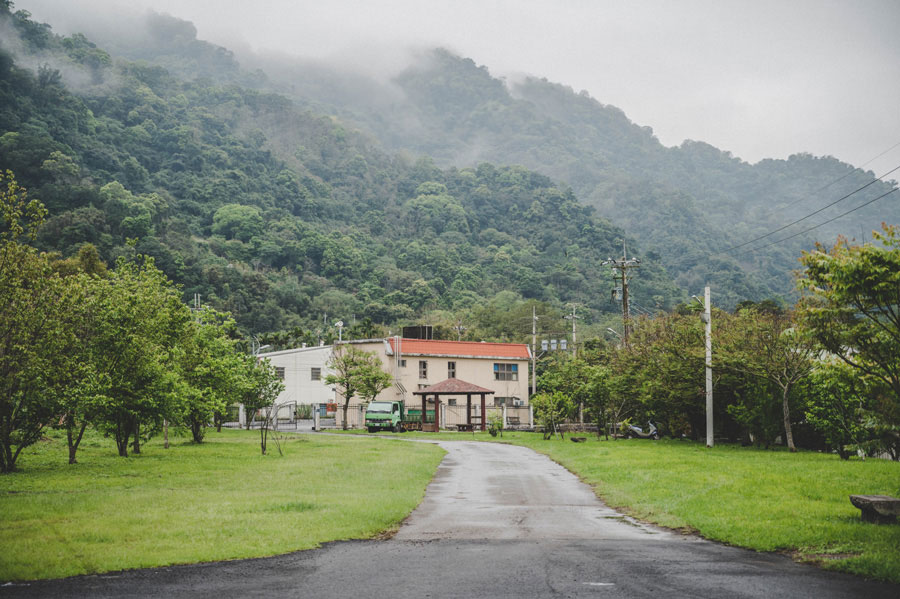

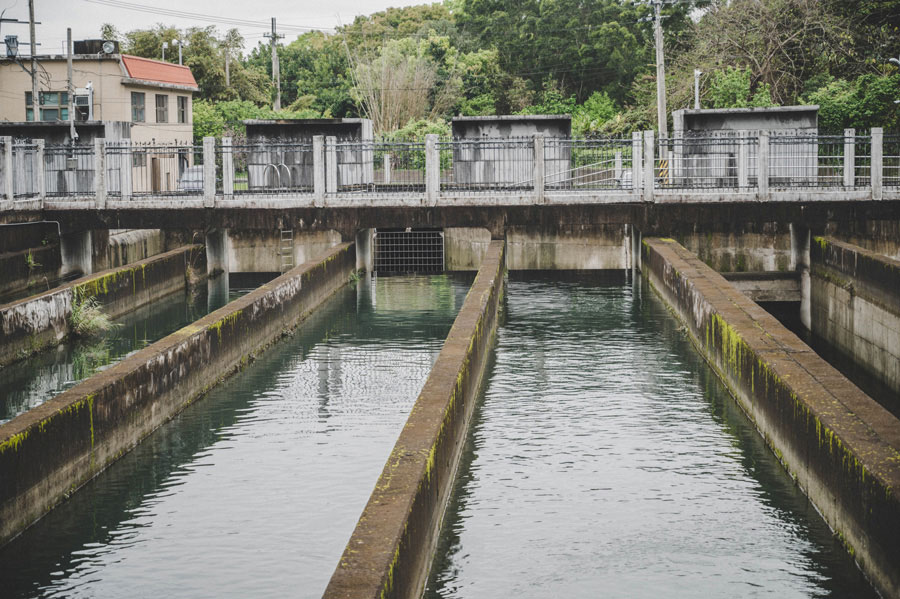

Twenty minutes after we get in the car, the view changes from a busy urban area to a quiet countryside, the rolling green mountains stretch out into the distance in front of us and we’re surrounded by mountains, in what could be Shangri-La.
We followed the country road to find the source of Zhudong Canal: Baoshan Reservoir, which provides water to Hsinchu Science Park. The water here is not only used for farming, but also to nurture chips. Zhudong Canal built the off-trough Baoshan Reservoir as a leading channel and after renovation, the landscape along the canal was very different. Zhudong Canal not only supplied irrigation water, but also water for domestic and industrial use and you will encounter its remains during the walk.
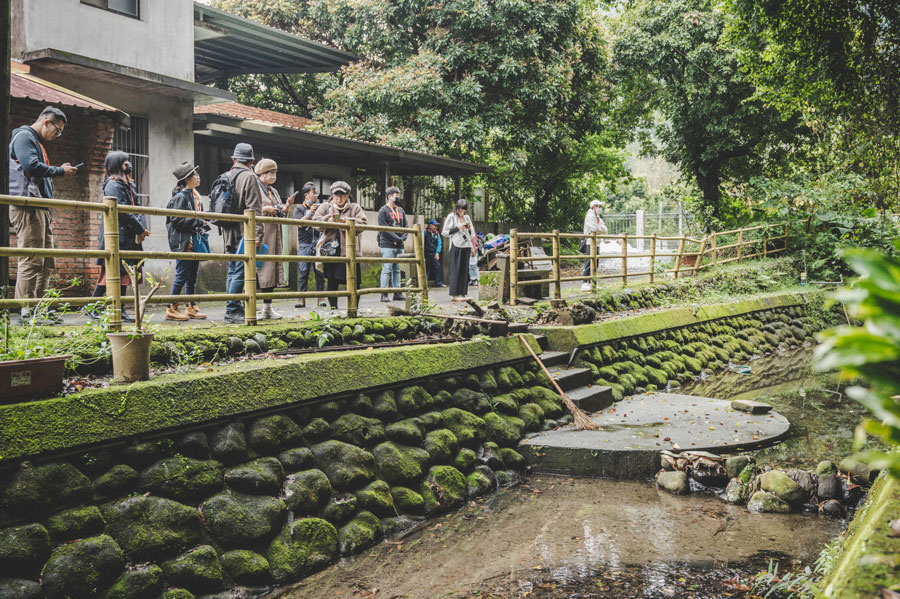
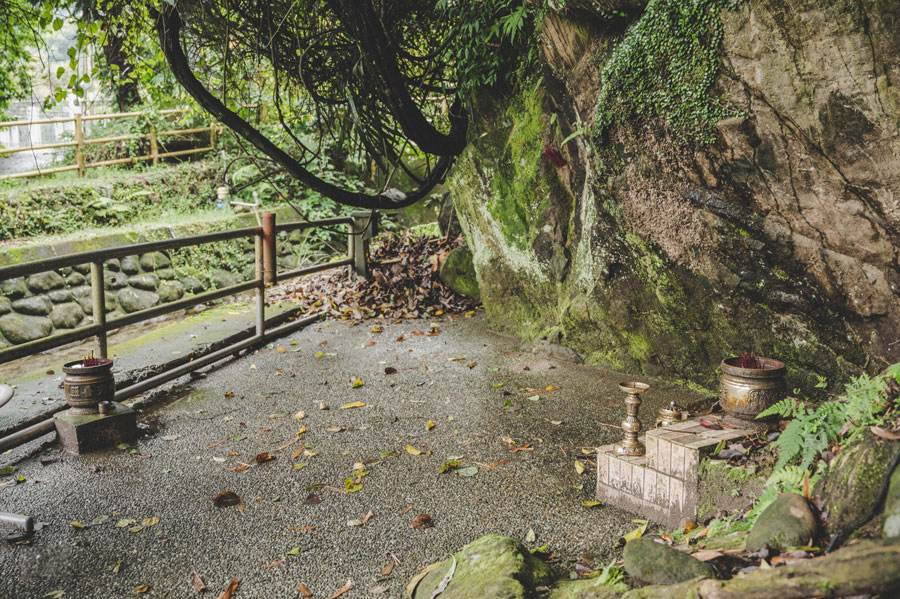
The Land God who is in charge of guarding canal sources is also called Shuitou Bogong and is usually worshiped next to the canal where people pray for the success of water diversion projects. Borough 4 in Ruanqiao Village was named "Wawuxia." The settlement got its name as it was a cluster of Fo Fong in Pengwu settlement during the period of Japanese rule. As a result, Shuitou Bogong here is called "Wawuxia Bogong."
The Zhudong Canal diversion channel project went smoothly during the day, but collapsed again at night. It was not until Shuitou Bogong was built that the project was successfully completed. This demonstrates Hakka people's devout belief in Shuitou Bogong.
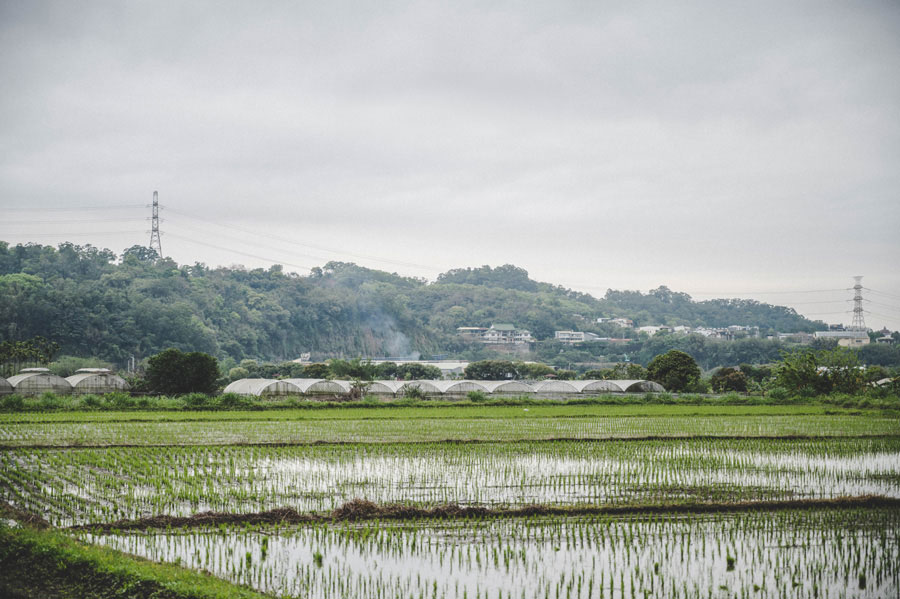
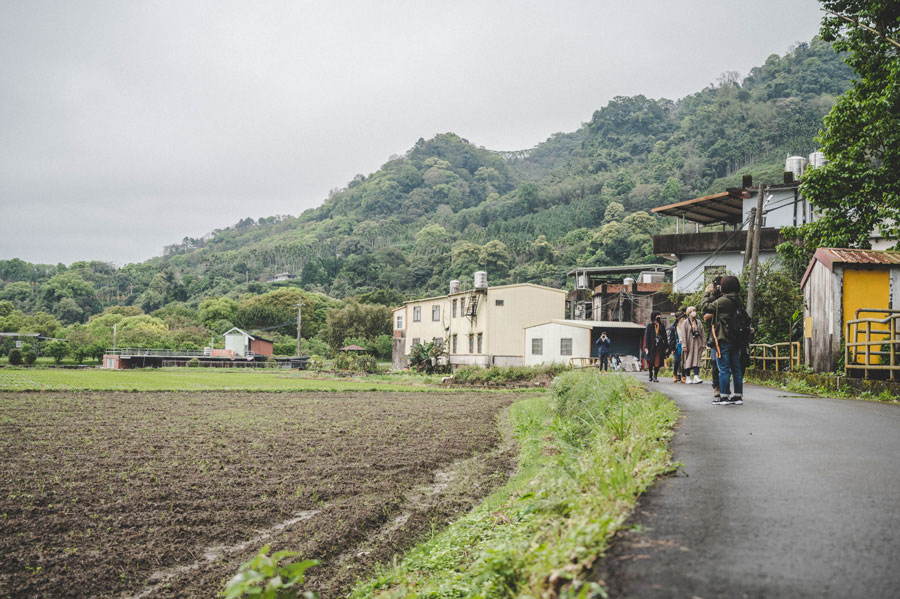


Walking at a leisurely pace on a country road in Ruanqiao Township, I smell the fragrance of nature in the cool air, and my mood instantly relaxes. The nostalgic and simple view is an extraordinary scene in my eyes. There is a natural laundry made of stone slabs on the side of Ruanqiao Canal called "Shishang Pit." Four or five decades ago many Taiwanese women would visit the nearby laundry pit to wash their clothes and take them home to dry. It was a hard job. Such places have been gradually buried by time and space, making this a special feature of the farm.

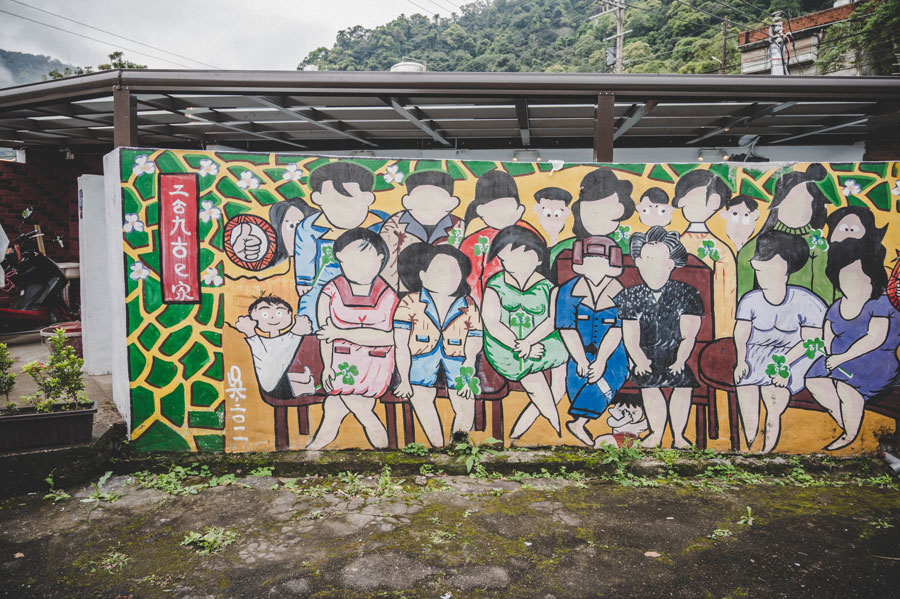

Speaking of painted walls reminds people of the famous Rainbow Village in Taichung, but there is also a hidden Rainbow Village in Ruanqiao Community in Zhudong. It is more sparsely populated and quieter than the better known venue in Taichung and you can feel the strong Hakka style as colorful paintings brighten the village and make Ruanqiao more youthful and energetic.
Most of these paintings are by Mr. Wu Zunxian, a native of Ruanqiao. "I want to use painting to encourage more people to come to Ruanqiao. It allows me to try and revitalize the community but also interact with the elderly," Mr. Wu said, adding that Grandpa Rainbow is his idol, he thinks that if 80 and 90-year old grandfathers can do it, why can’t he?
- Address: Ruanqiao Community, Dongfeng Road, Zhudong Township, Hsinchu County
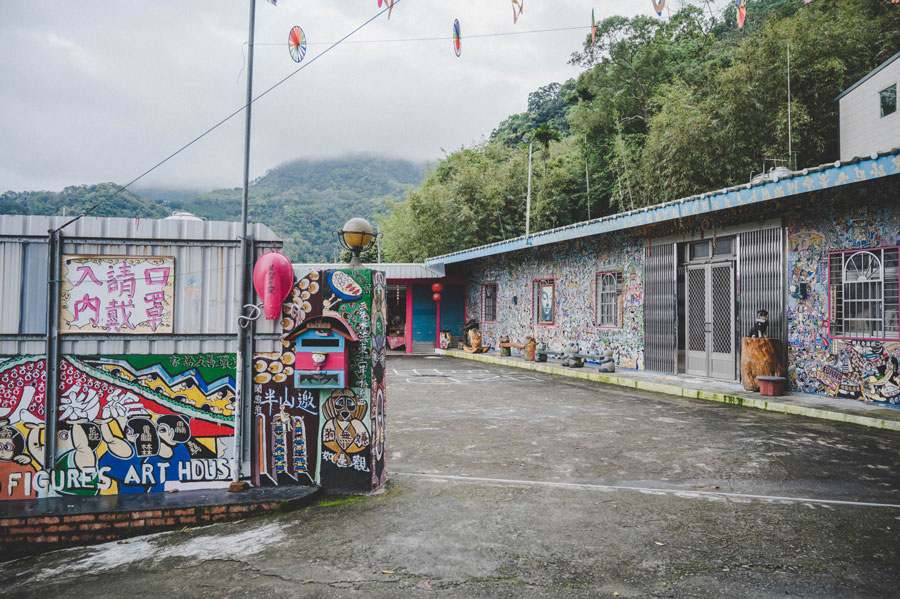
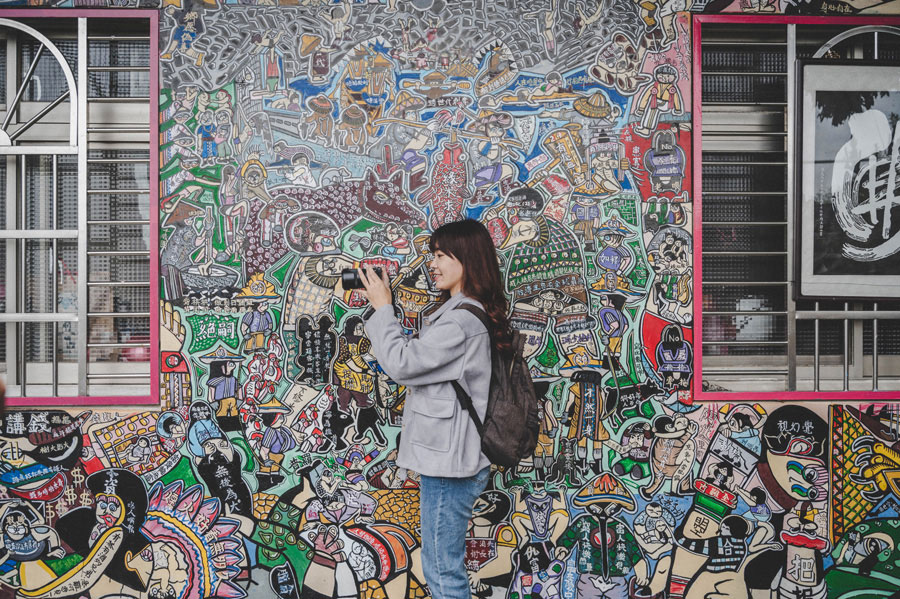
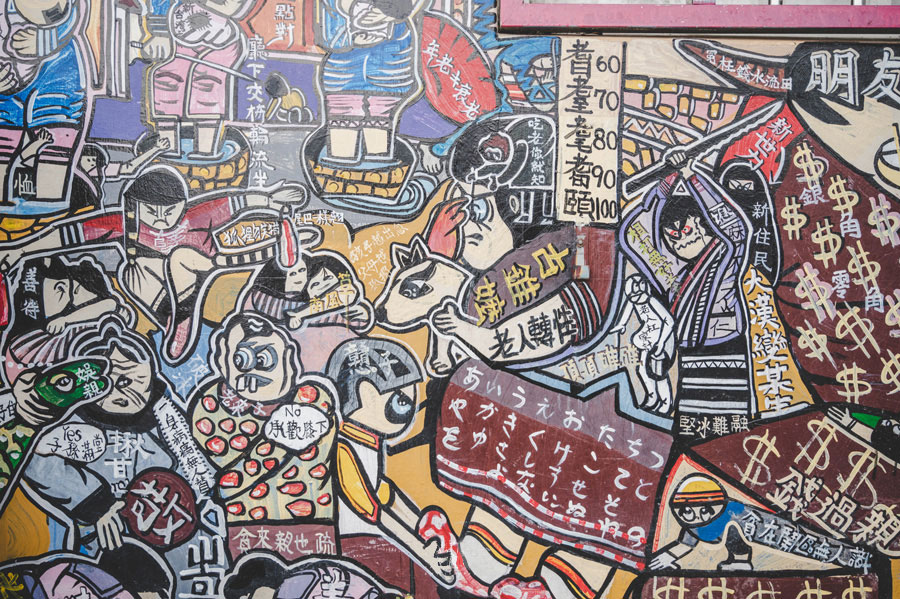
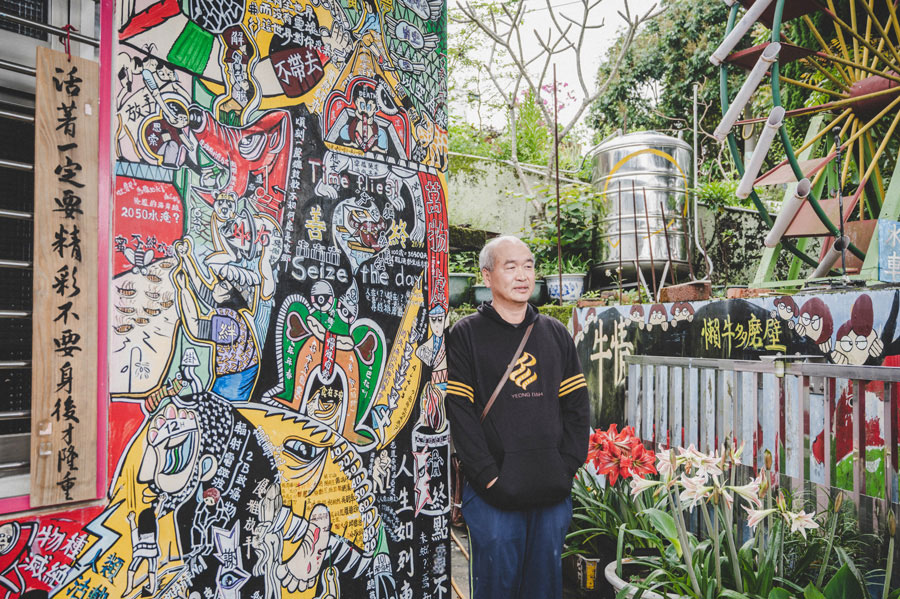
We turned onto an uphill section and breathlessly arrived at the most famous attraction in Ruanqiao, the "Thousand People Fantasy Painted House." The paintings here are even brighter and eye-catching, full of unique personality, more like the drawing style of a young person. The paintings convey various different morality tales. In addition to satirizing today's society, they also showcase the virtues to which people should aspire. Some people call them "modern Ukiyoe."

Thousand People Fantasy Painted House is the home of Mr. Wu’s father-in-law. There is a Ruanqiao Shop that sells all kinds of ancient food, such as peanut candy, mesona tea, tea eggs, etc. which is a must visit spot as one searches for treasure.
- Address: No. 31-1, Ruanqiao, Zhudong Township, Hsinchu County
- Telephone: 0937 154 616
- Business hours: 9:00 – 18:00 on weekends (closed on weekdays)
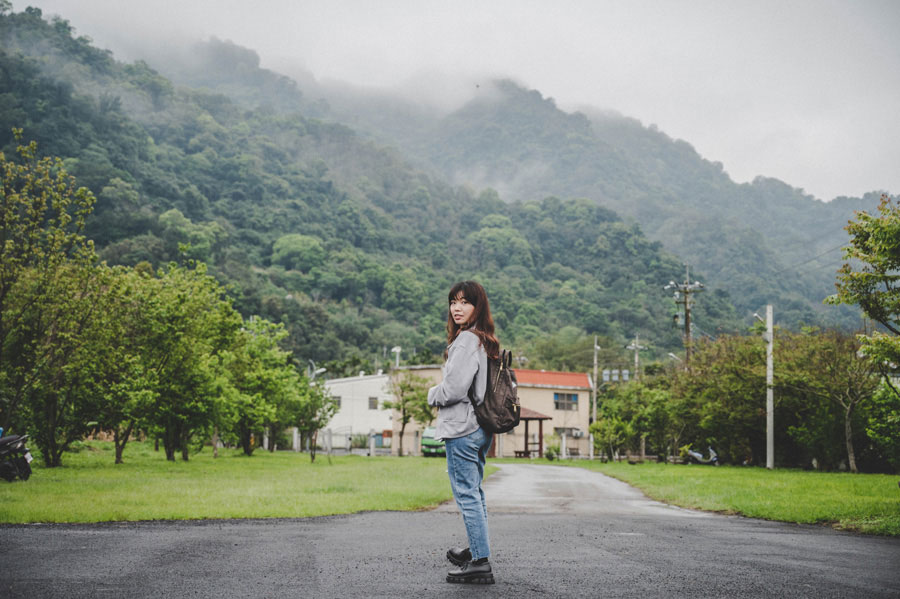
As I walked around Hsinchu, not only did my taste buds go on an adventure I also got to experience a wide range of flavors at traditional Hakka markets. Each of these accumulated over the years and became my favorite delicacies. They are delicious foods, but also represent heritage and memories; let these memories transport us back to our roots, to the “Golden Leaf” era of the 1950s and 1960s, and find evidence of the intersection of old and new in time and space. Let’s take a walk around Zhudong, Hsinchu.
